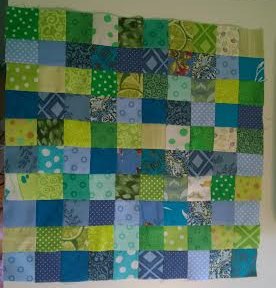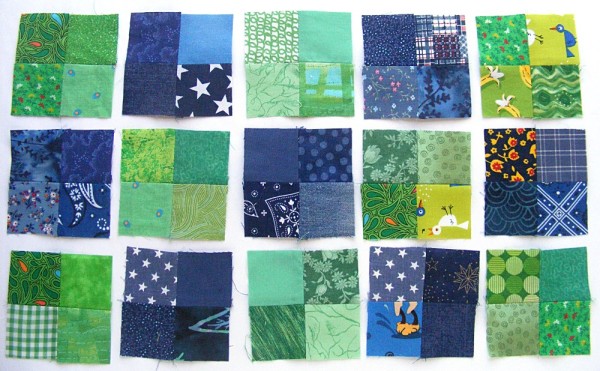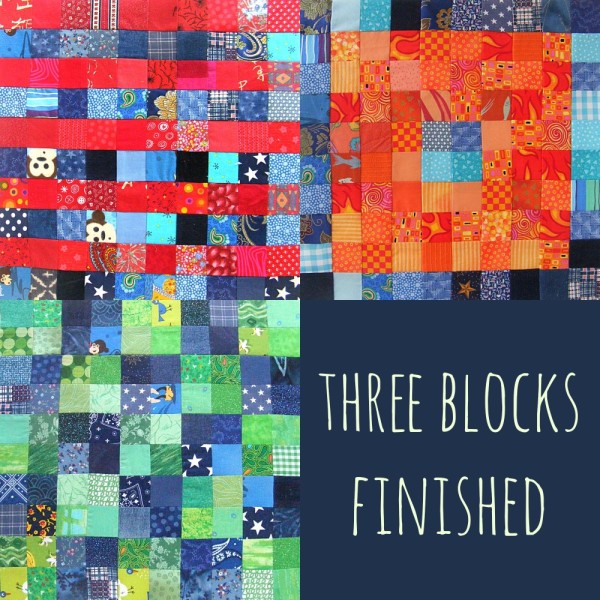Did you know you can piece together batting scraps?
Sometimes when I’m cleaning out my sewing room, I ask myself why I’m keeping all these long skinny strips of batting around. They’re mostly strips cut off the edge of a quilt after quilting and can be anywhere from 5-10 inches wide.
This week I was sooooo happy to have them!
I ran out of batting with just a few blocks to go on the Wild Flowers quilt. I’m doing Quilt As You Go, so small pieces work, but they needed to be at least 10 1/2 inches and I had already used all the bits that size.
I’m trying to finish the quilt by this weekend, so it was time to grab some of those scraps and piece the batting together.
Did you know you could do that?
Yep! And it’s pretty darn easy.
Step 1
Set your machine to the widest, tallest zigzag you can.
Step 2
Butt the edges of two batting scraps and run them down the machine so that the seam runs right down the middle and the zigs and zags catch some of the batting on each side.
My machine often skips stitches when I do this. Don’t worry about it as long as most of them catch.
Step 3
Use the new, bigger piece of batting.
Butting the edges keeps you from getting a fat ridge of overlapped batting in there, and the zigzag stitch is plenty to hold the pieces together during construction. And look how nicely it all holds together once I add some quilting! Click on the image if you want to see it bigger so you can really see where that seam is.
So that’s it! I used up some of those bulky batting scraps and I’m ready to finish the last blocks for my quilt. No shopping needed!
Want to know what my favorite quilt batting is and why? I lay out all the details in this post – My Favorite Quilt Batting.

These links go to all my posts about quilt supplies.
- Quillt Sizes and Supplies Needed
- My Favorite Tools and Supplies and Where to Get Them
- Cuddle Fleece
- My Favorite Batting
- How to Piece Batting Scraps (a thrifty tip)
- Thread – no post here, just a reminder that you need thread. 🙂
- Putting Fusible Adhesive to the Test
- Which Products Do I Use When? Freezer Paper, Fusible Adhesive, or Sulky Sticky Fabri-solvy?
Finished with this topic?
Return to the Let’s Make a Quilt main Table of Contents.
Move on to the lessons about cutting and quilting your background blocks.
Happy stitching!

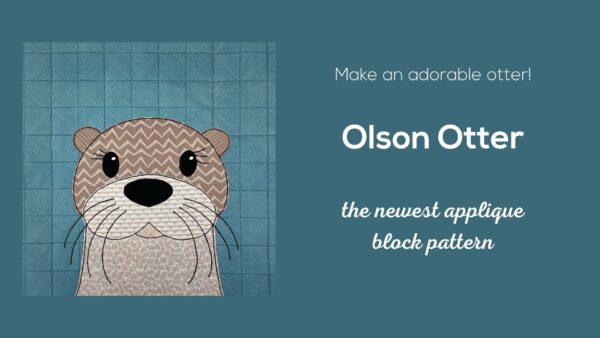

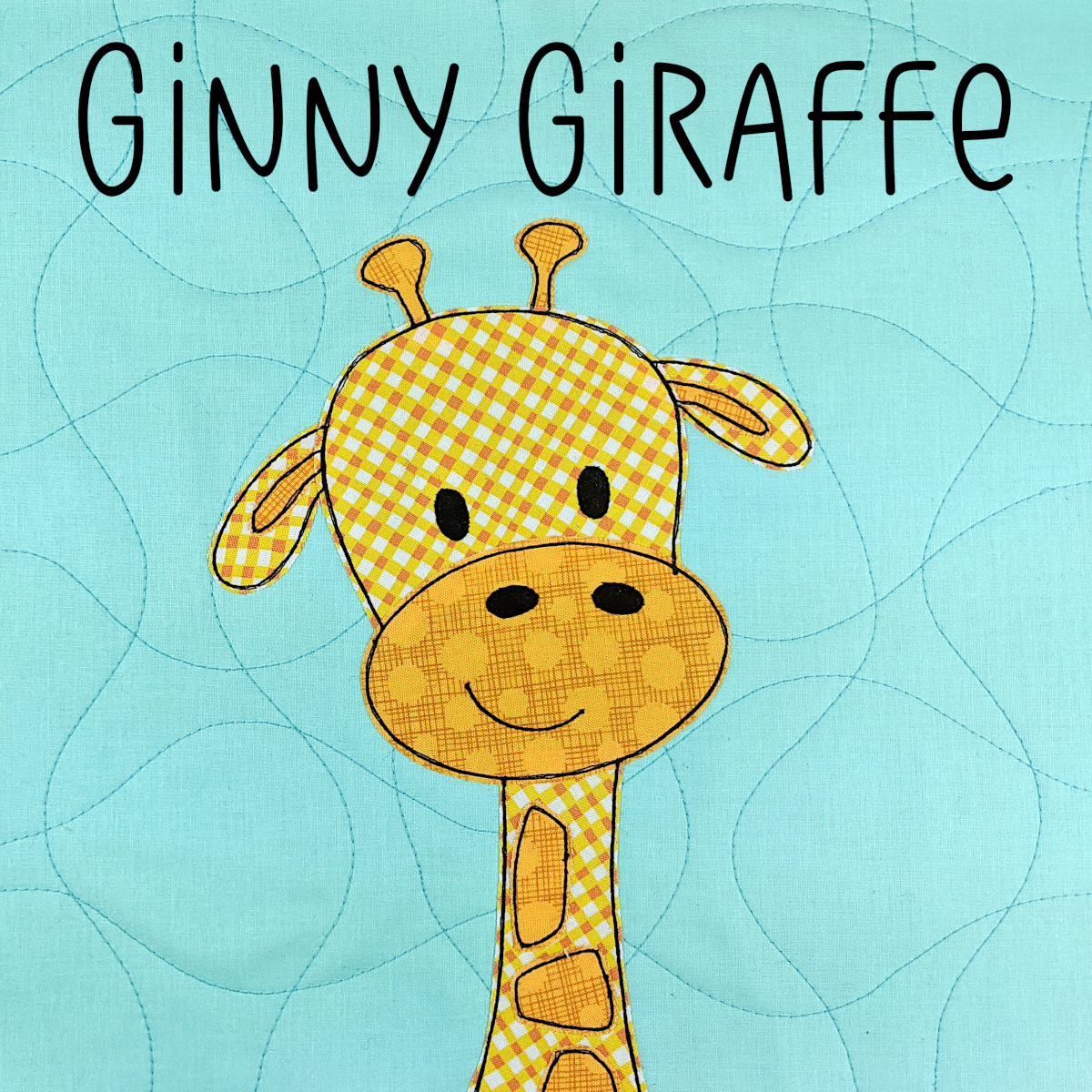
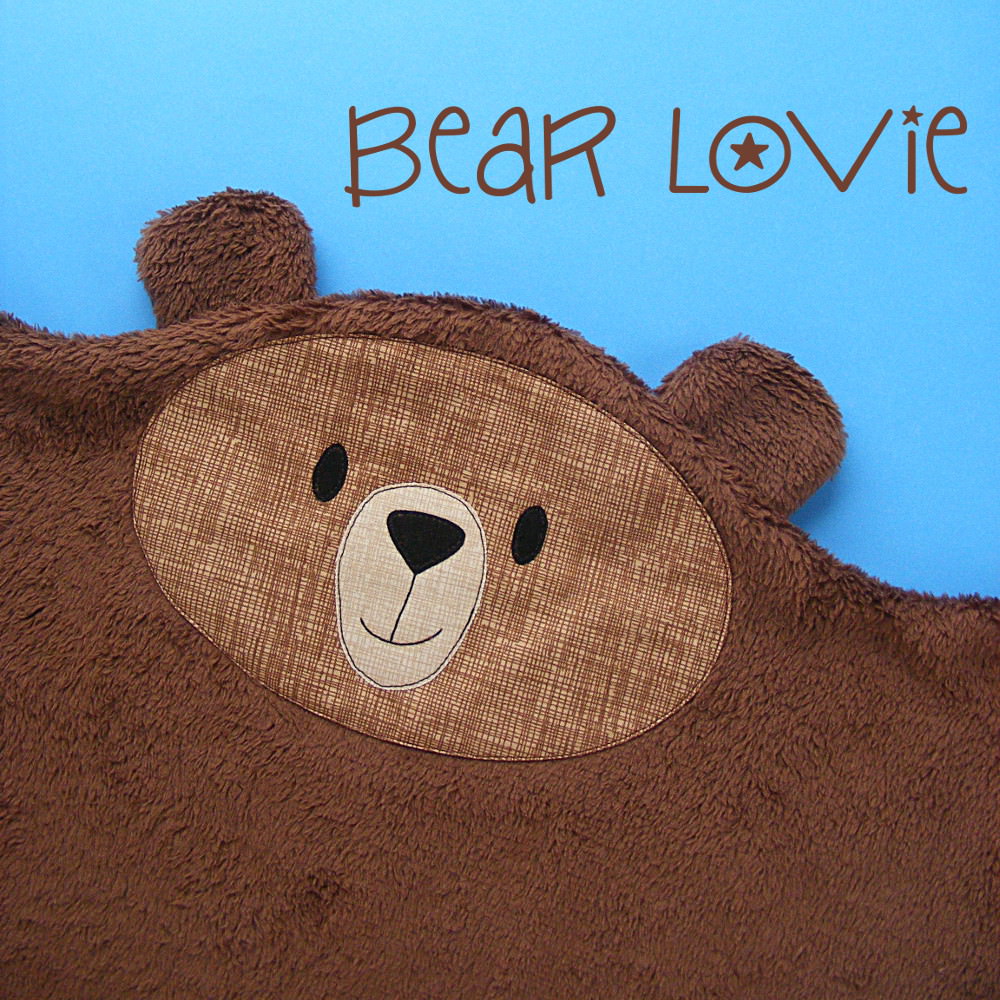
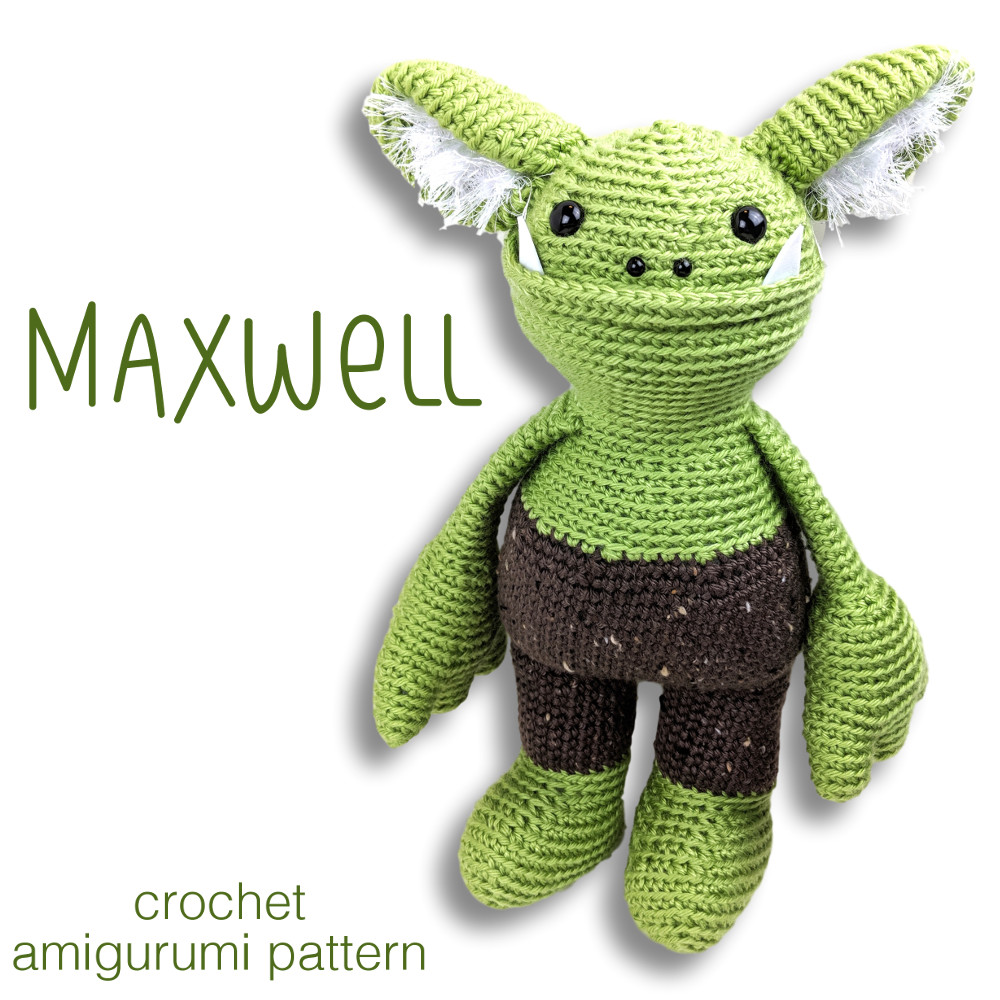
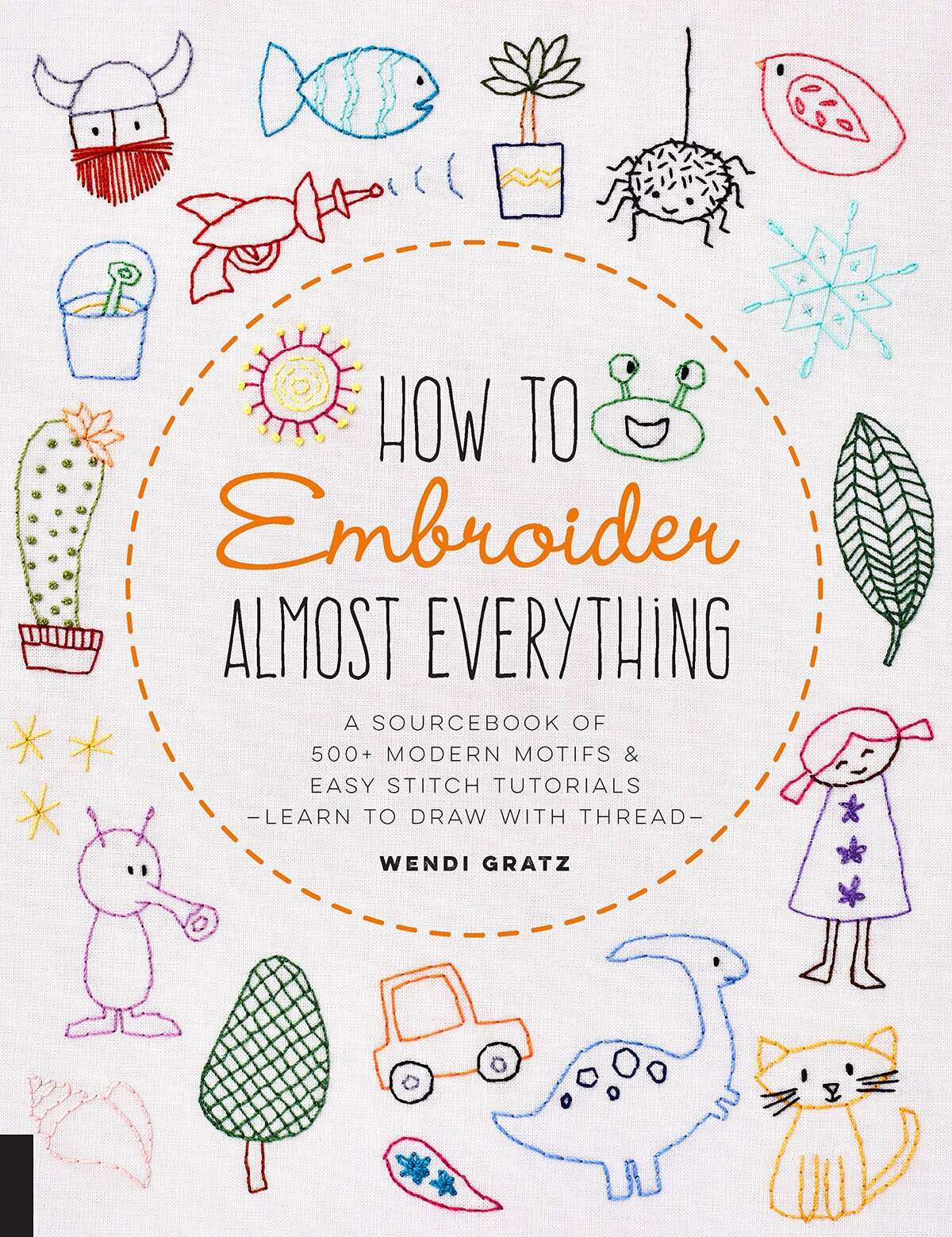






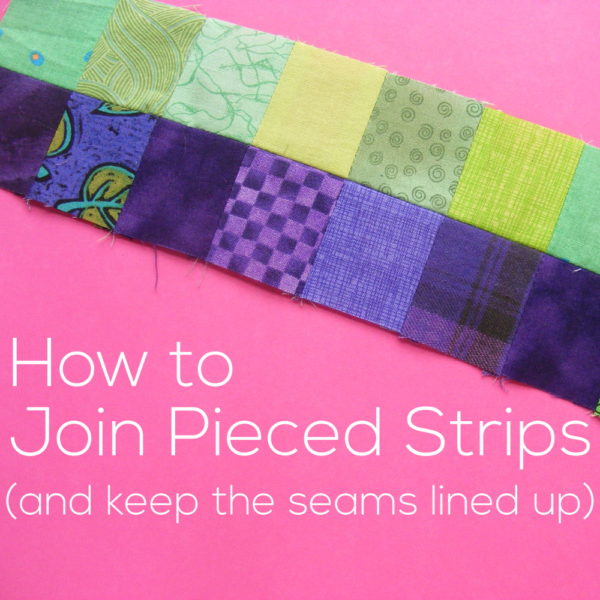
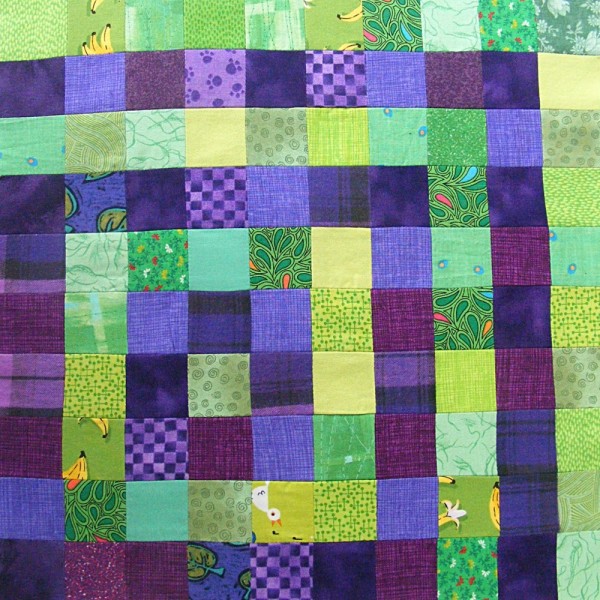






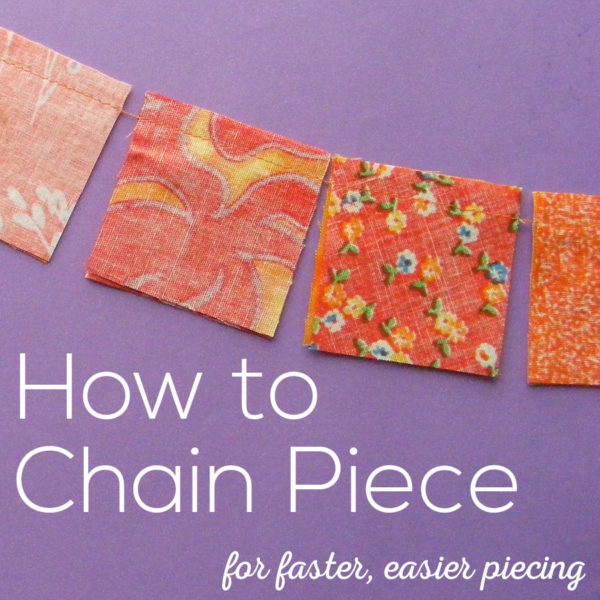
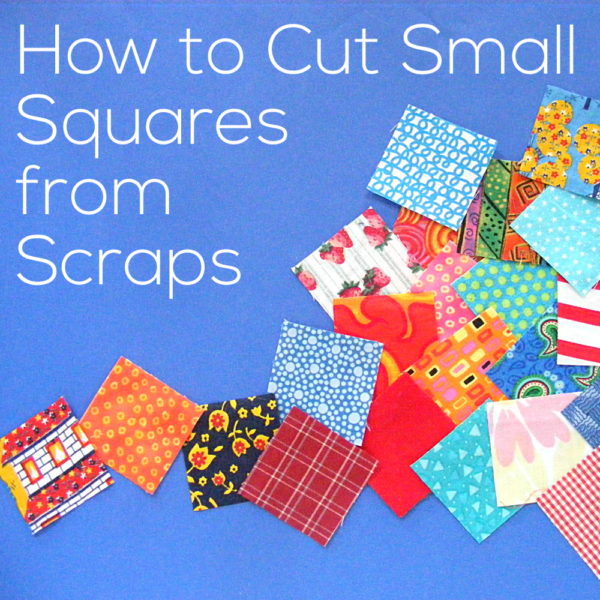
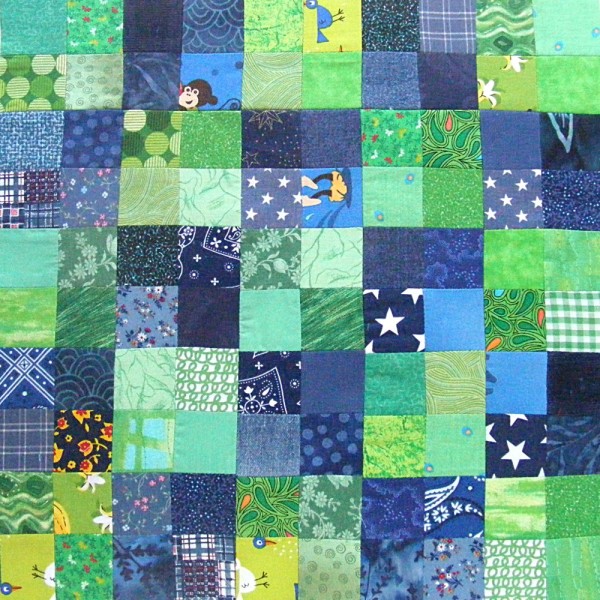 Here’s block #3 in the scrappy quilt-along.
Here’s block #3 in the scrappy quilt-along.